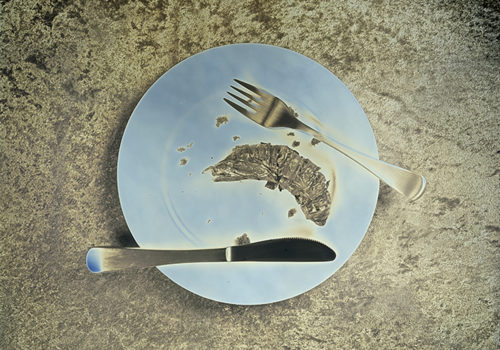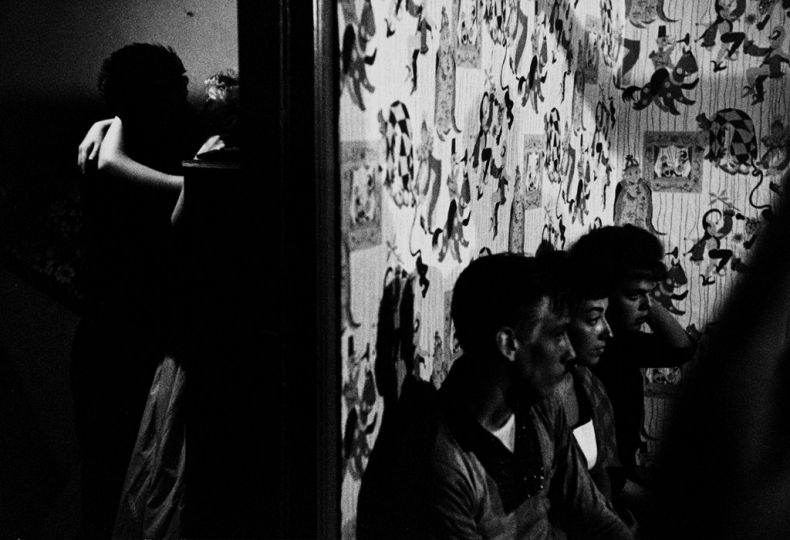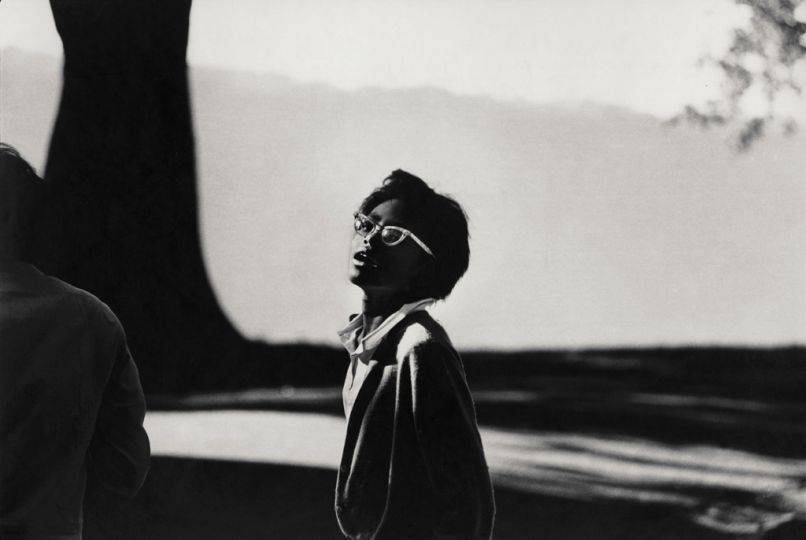The Howard Greenberg Gallery features a magnificent and, as it invariably does, extremely well documented and meticulous exhibition. Concurrent with the Daguerreian Society’s 19th-Century Photography Conference and Show in New York, the gallery showcases a thematic exhibition exploring the use of ancient techniques by contemporary photographers. This “new and mysterious art” refers to the photography of the 1840s–1860s, as it developed amid an extraordinary proliferation of innovative techniques. The exhibition, curated by Jerry Spagnoli, examines the contemporary use of those techniques and includes daguerreotypes by Takashi Arai, Adam Fuss, and Craig Tuffin; Stephen Berkman’s albumen prints from wet-collodion negatives; Dan Estabrook’s calotypes and salt prints; ambrotypes by Luther Gerlach, Craig Tuffin, and Matthias Olmeta; Vera Lutter’s camera obscura photography; Sally Mann’s positives; and “photogenic drawings” by France Scully Osterman & Mark Osterman.
As is often the case when confronted with early photographic techniques, we are captivated by the anachronic fragility and beauty of the prints and processes. Camera obscura images and daguerreotypes are unique objects of an undeniably auratic character. This is a far cry from the contemporary cliché of the profusion of images “in the digital era”; the exhibition recalls a fundamental distinction between what might be called an image and a photograph which is above all an object possessing grain, a format, a texture, and a certain sharpness. Photographs afford a different kind of pleasure: a daguerreotype dispenses with the need for a series; there is instead a kind of self-sufficient evidence and a childlike joy in the contemplation of the details.
We are aware of the seductive power of these vintage methods, so why deny ourselves the pleasure? Its sources lie not in nostalgia, but in the almost regressive attraction exerted on these artists by art as craft and workmanship. They all employ delicate, preindustrial techniques, and don’t consider photography as limited simply to the moment of taking a shot, framing, or composition. These techniques offer a poetic margin of error and invite chance, which is particularly true of Sally Mann.
Taken together, these images assume blatant radicality with regard to a contemporary form of art that has been overinvested by philosophically minded criticism and discourse on artistic intentionality. They do not “challenge” anything or express anything of interest; they simply are, and that is, in itself, very beautiful.
Hugo Fortin
A New and Mysterious Art
Until October 29, 2016
Howard Greenberg Gallery
41 East 57th Street
New York
USA
http://www.howardgreenberg.com/
Conference:


















